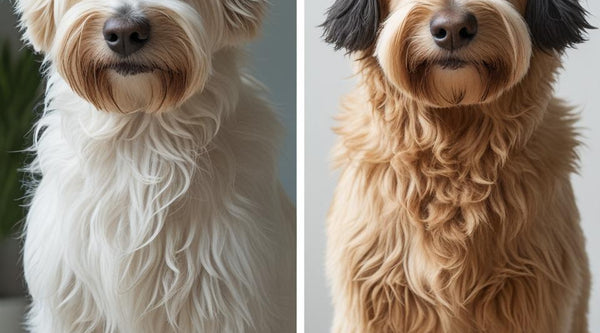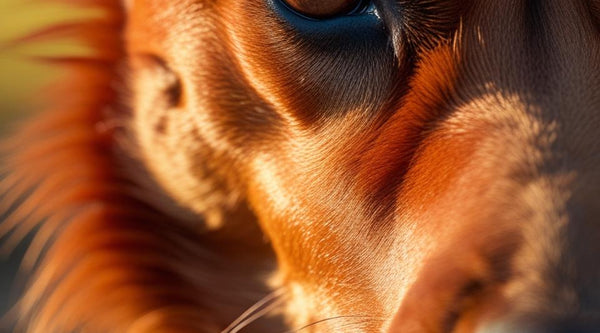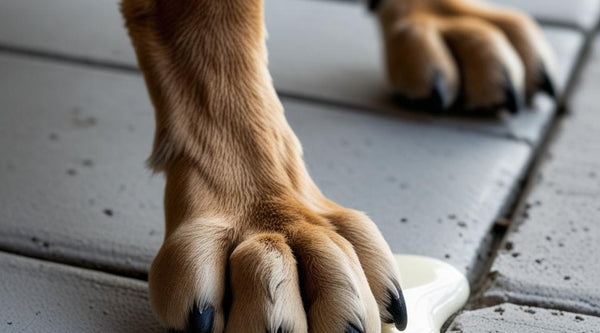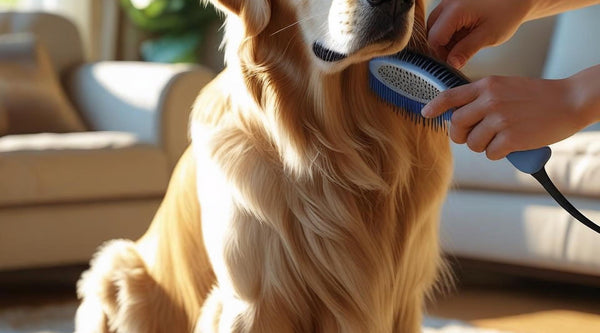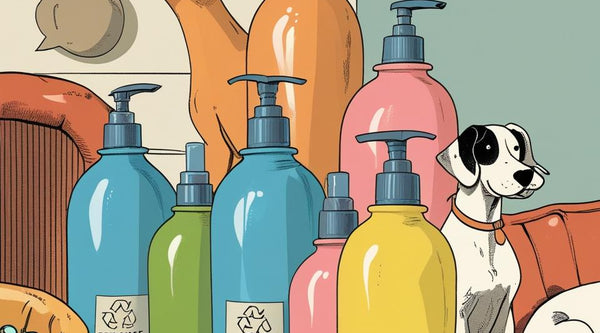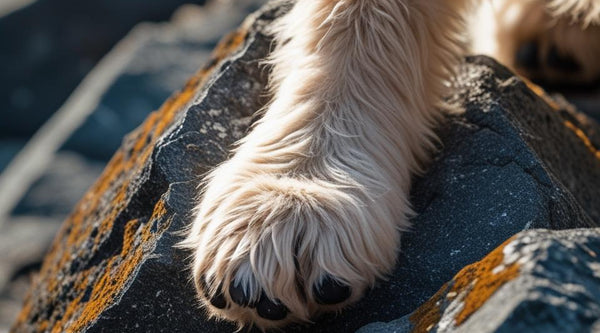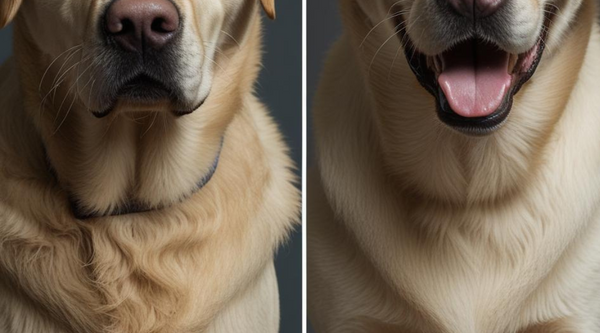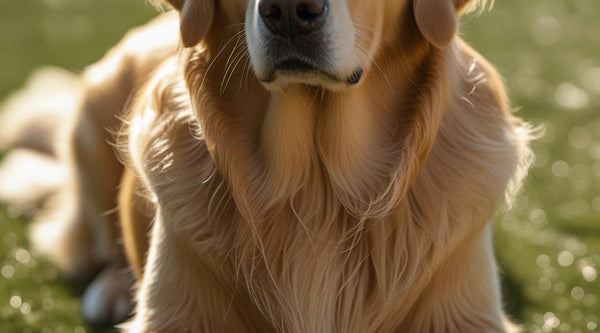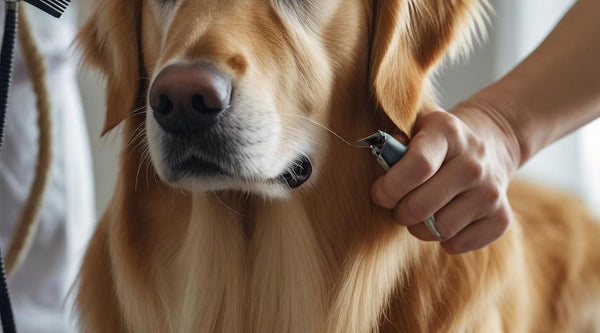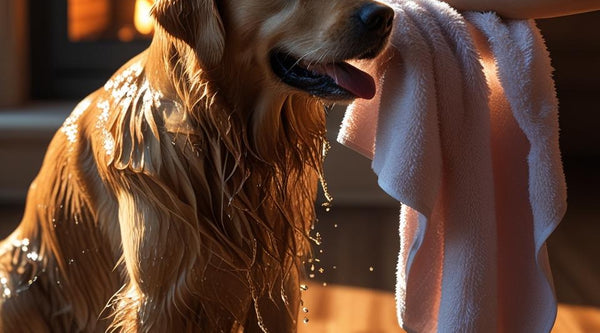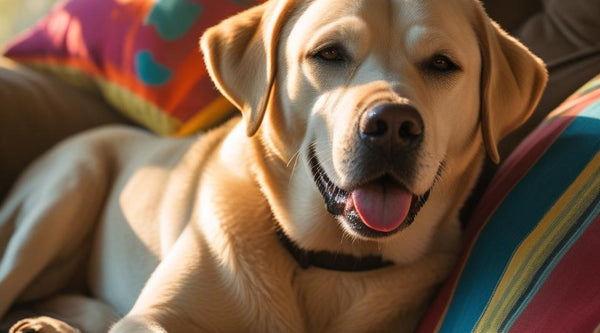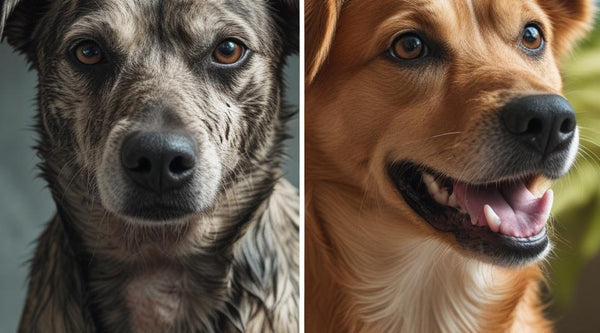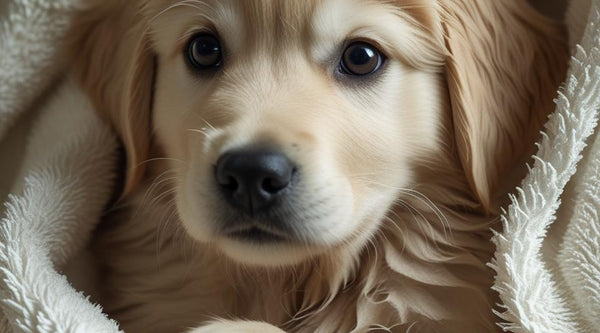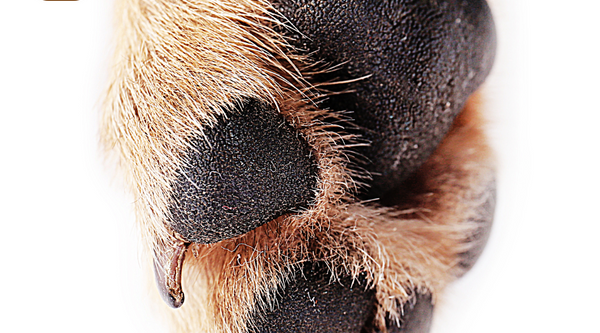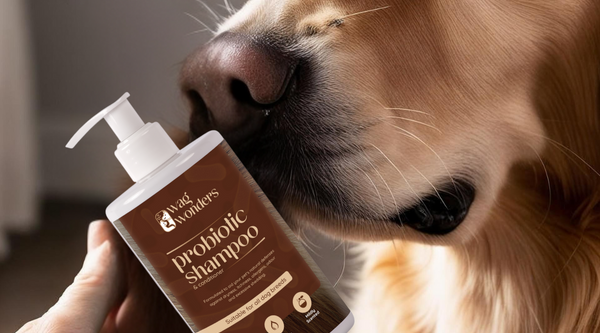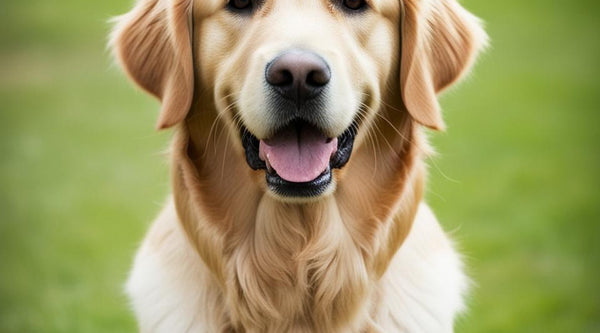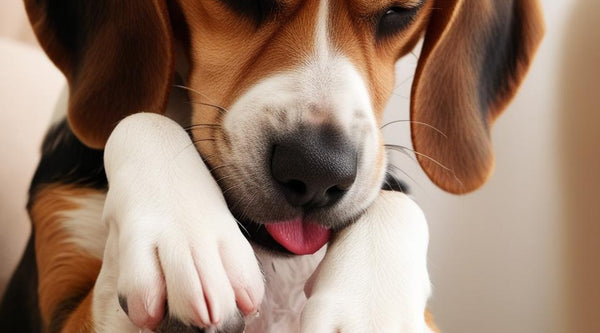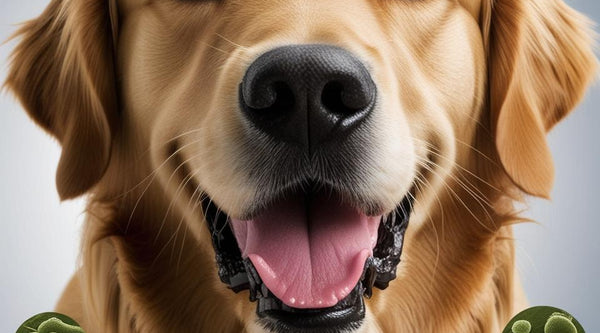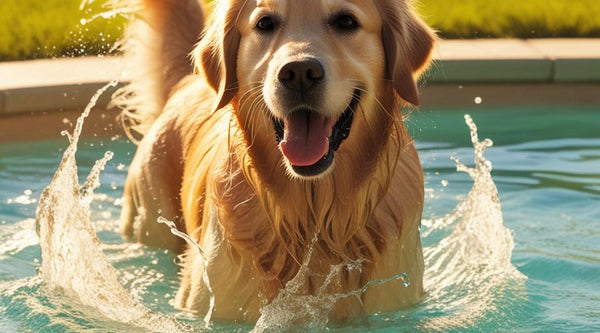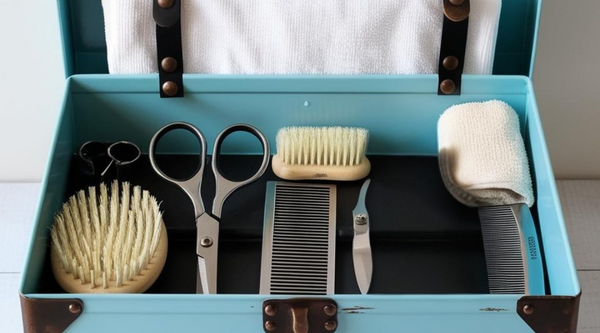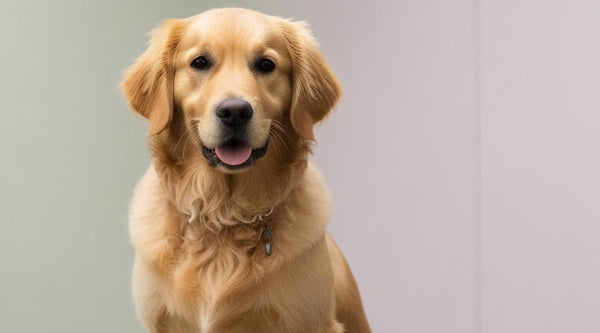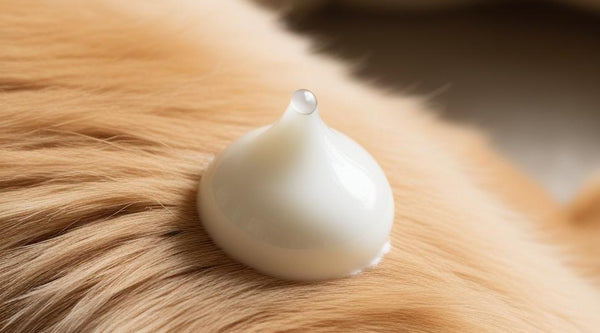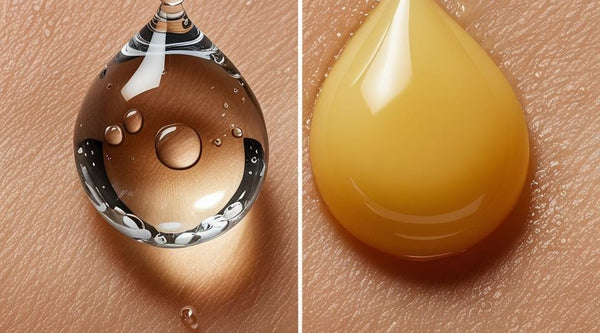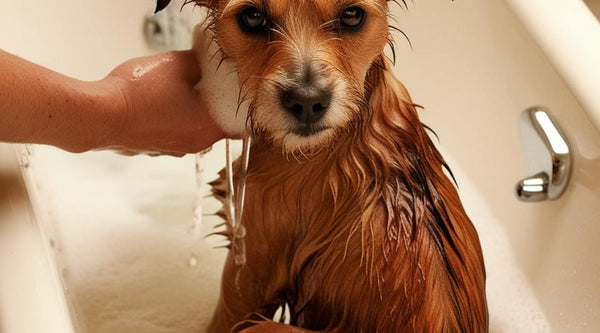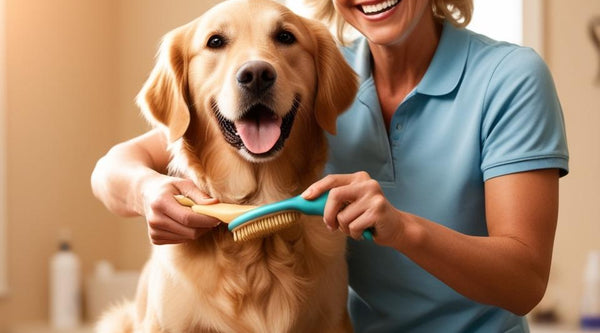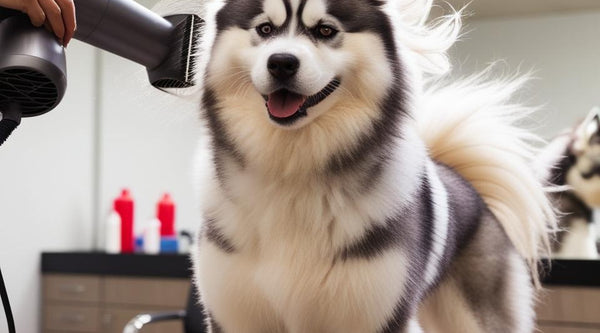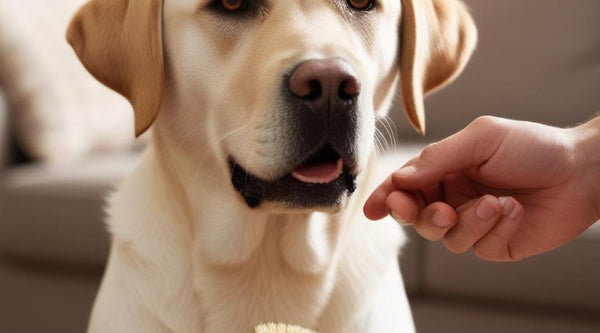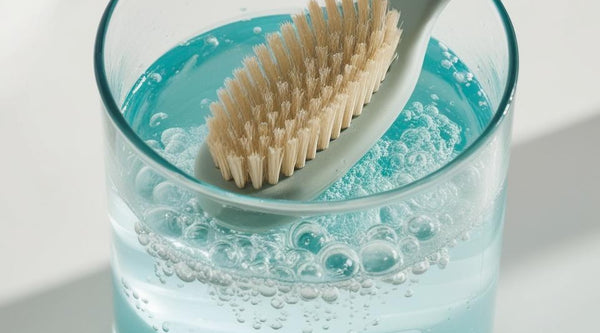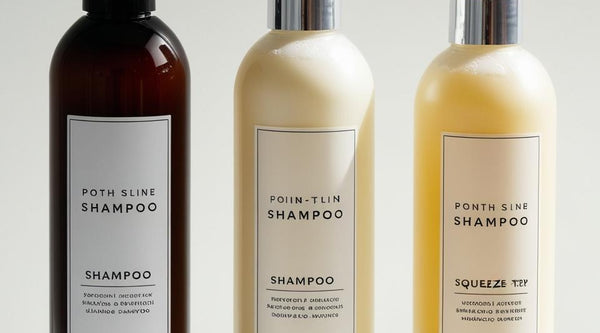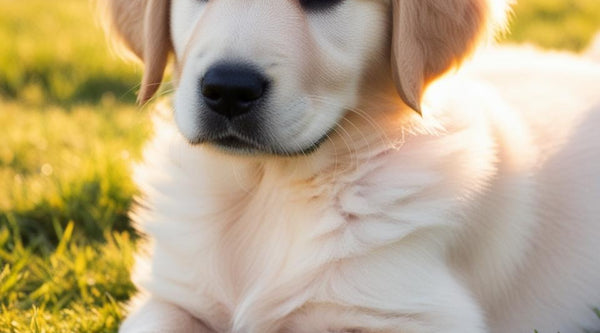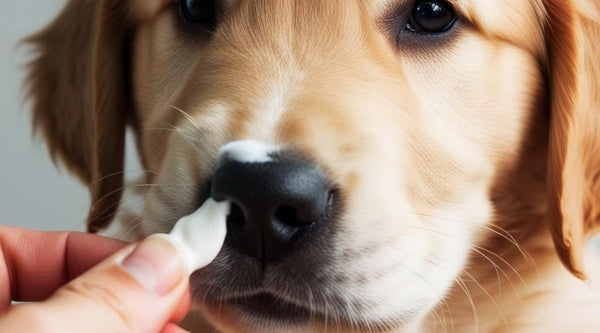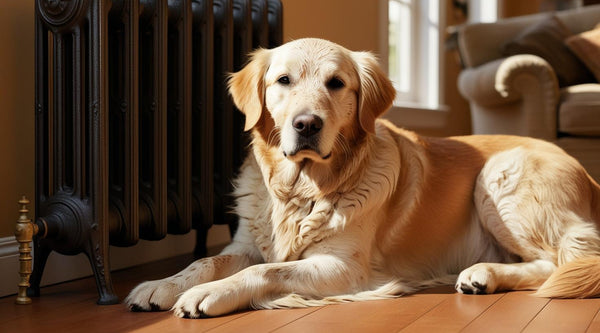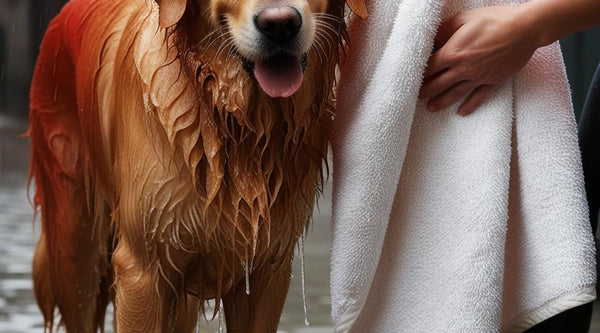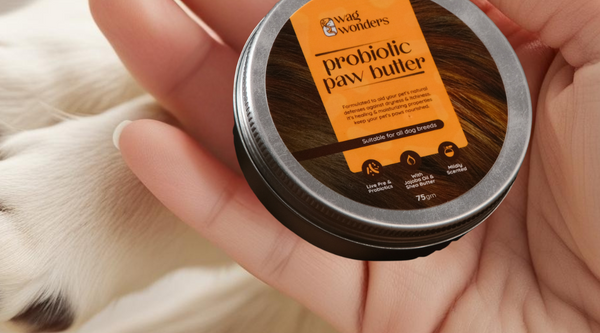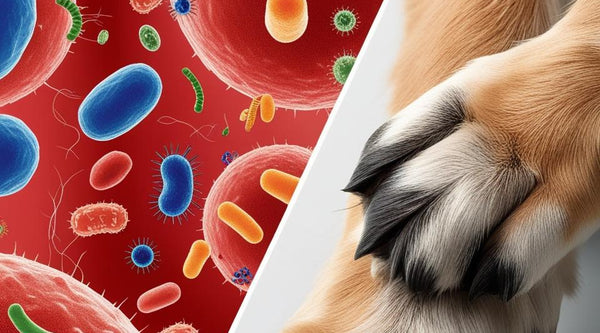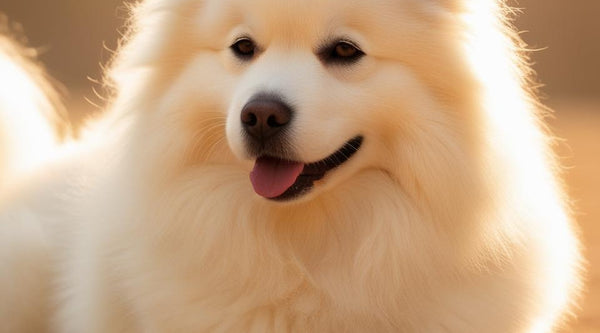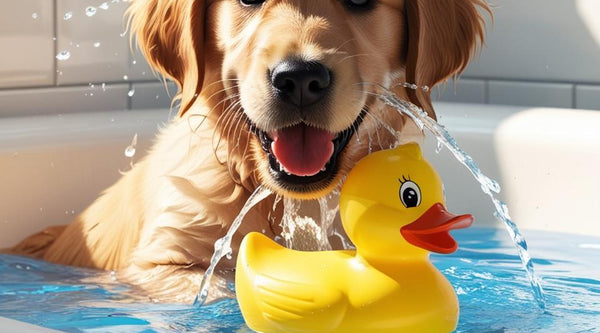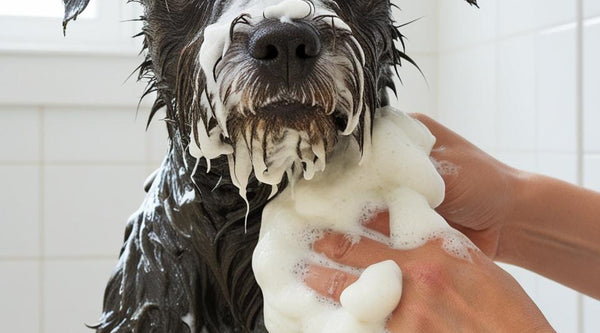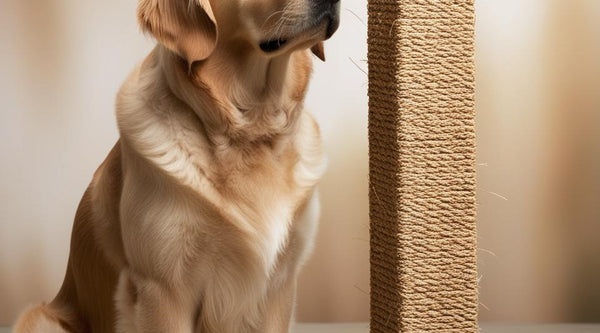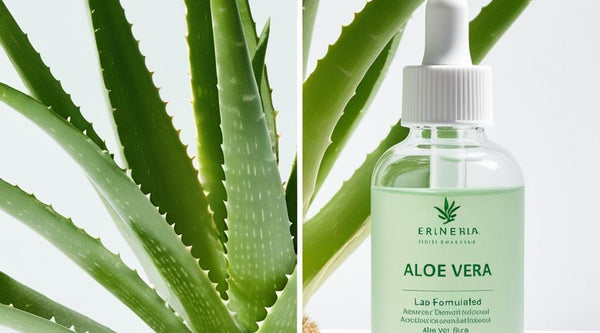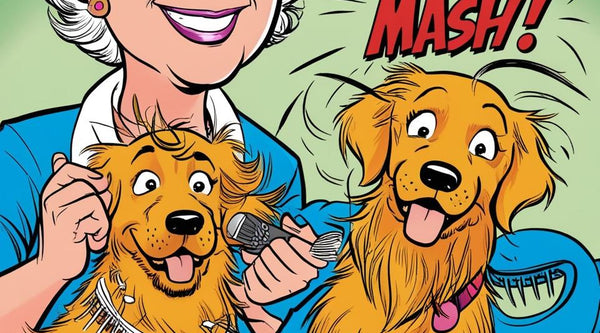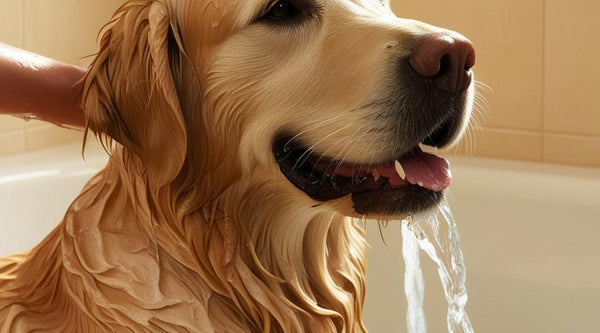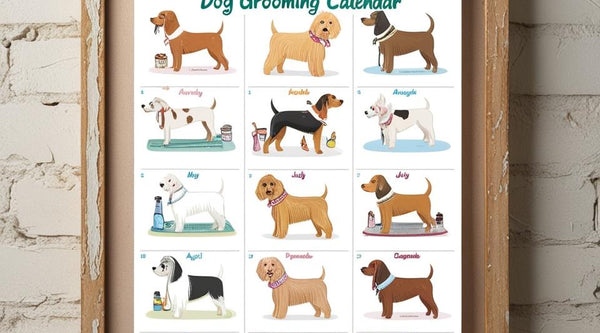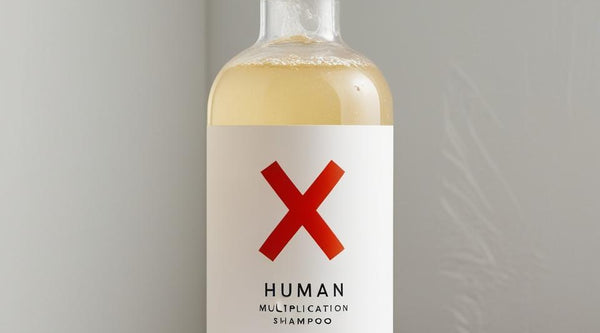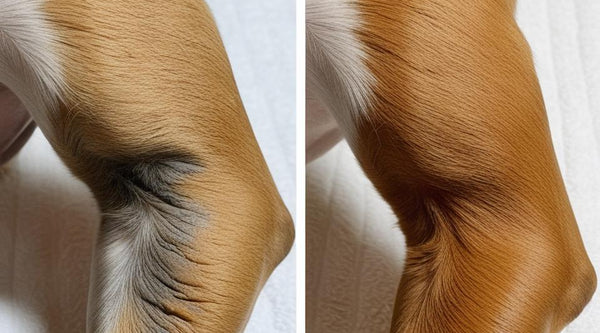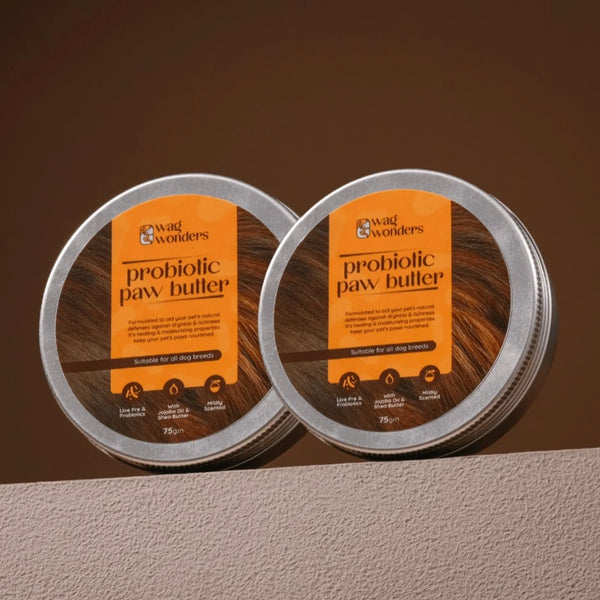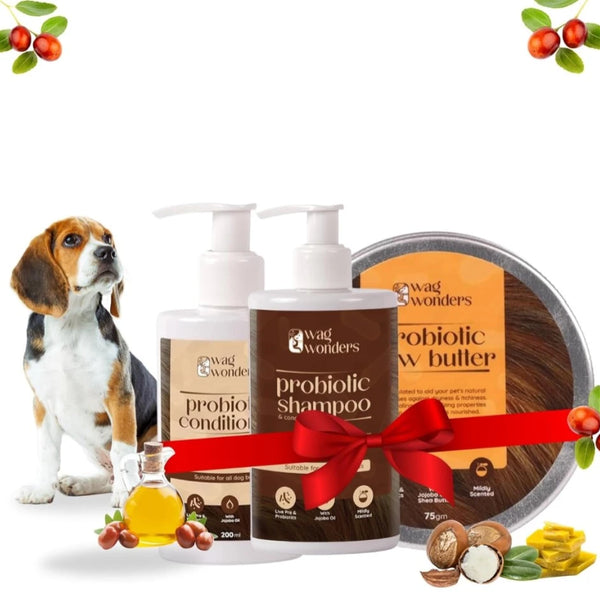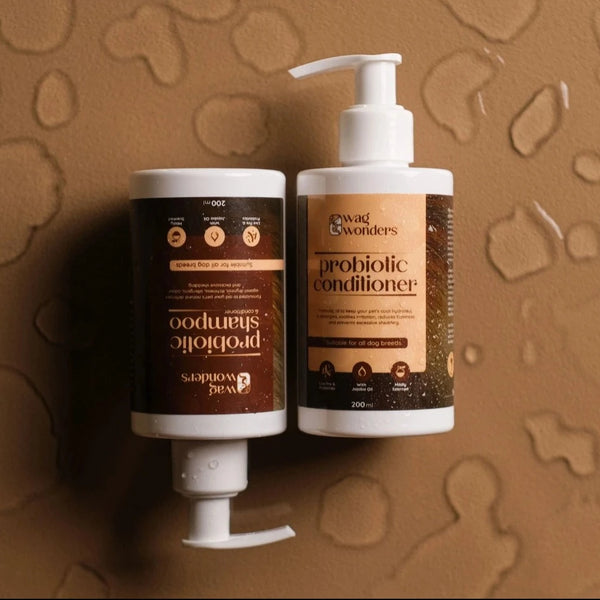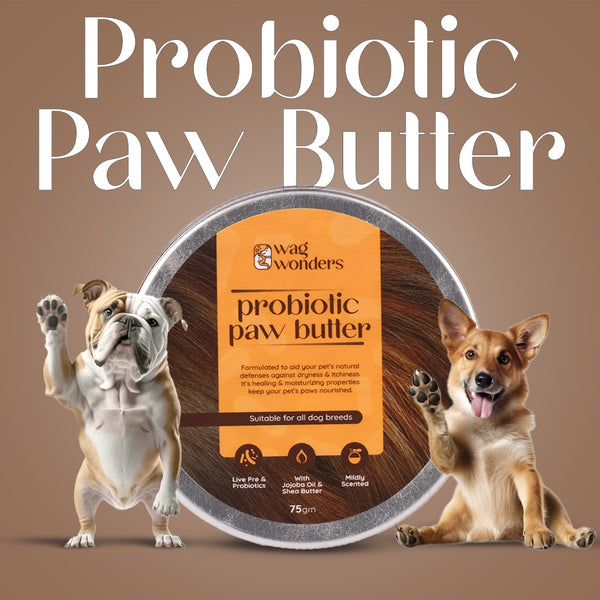Can Bathing Too Often Harm Your Dog’s Skin Microbiome?
As pet parents, we all want our dogs to look and feel their best. A fresh-smelling, clean pup is a joy to cuddle, but how often should you really bathe your dog? While regular bathing is essential for hygiene, overbathing can disrupt your dog’s skin microbiome, leading to dryness, irritation, and even infections.
Understanding the right dog bathing frequency and choosing microbiome-friendly grooming products can help maintain a healthy balance in your pet’s skin. Let’s explore why bathing too often can be harmful and how to establish an optimal grooming routine.
What is the Skin Microbiome, and Why Does it Matter?
The skin microbiome is a protective layer of beneficial bacteria that plays a vital role in maintaining your dog’s skin health and immune system. It helps:
✔ Fight off harmful bacteria that cause infections.
✔ Maintain skin hydration by balancing natural oils.
✔ Soothe inflammation and prevent itchiness or allergies.
📌 Disrupting this delicate balance by overbathing can strip away the good bacteria, leaving your dog’s skin vulnerable to irritation and dryness.
How Often Should You Bathe Your Dog?
The ideal dog bathing frequency depends on various factors such as breed, coat type, lifestyle, and skin conditions.
General Guidelines for Bathing Frequency:
🐶 Short-haired & Smooth-coated Dogs (e.g., Beagle, Boxer) – Once every 4–6 weeks
🐕 Double-coated Breeds (e.g., Golden Retriever, Husky) – Every 6–8 weeks
🐩 Curly or Wavy-coated Dogs (e.g., Poodle, Doodle Mixes) – Every 3–4 weeks
🏞️ Active & Outdoor Dogs – As needed, but not excessively
🐾 Dogs with Skin Issues – Vet-recommended schedule with microbiome-friendly products
📌 Overbathing more than necessary can strip away essential oils, leading to dry and flaky skin.
Signs Your Dog Might Be Overbathed
If you’re unsure whether you’re bathing your dog too often, look out for these signs:
❌ Dry, flaky, or itchy skin
❌ Increased scratching or licking
❌ Dull, brittle coat
❌ Unpleasant odor (skin overcompensating for lost oils)
❌ Frequent skin infections or redness
🚨 If your dog experiences these symptoms, you may need to reduce bath frequency and switch to a microbiome-friendly shampoo that restores skin health.
How to Bathe Your Dog Without Harming Their Skin Microbiome
1. Use a Microbiome-Friendly Dog Shampoo 🧴
Choosing a prebiotic and probiotic-infused shampoo helps nurture good bacteria while cleansing your dog’s coat.
✔ Prebiotics nourish beneficial bacteria, strengthening the skin’s natural defenses.
✔ Probiotics restore microbial balance, preventing irritation and infections.
✔ Free from harsh sulfates, parabens, and artificial fragrances that strip natural oils.
📝 Tip: Look for dog shampoos enriched with natural soothing ingredients like oatmeal, aloe vera, and coconut oil for extra hydration.
2. Stick to Lukewarm Water for Baths 🚿
✔ Hot water can dry out the skin, while cold water may make your dog uncomfortable.
✔ Use lukewarm water to maintain skin hydration and comfort.
📌 Bonus Tip: Always rinse thoroughly to remove any leftover shampoo residue that could irritate the skin.
3. Follow Up with a Dog Conditioner ✨
✔ Conditions and hydrates the skin after shampooing.
✔ Helps restore moisture to maintain a soft and healthy coat.
✔ Works as a protective barrier, preventing over-drying.
📝 Tip: Leave the conditioner on for a minute before rinsing to allow deeper absorption into the skin.
4. Don’t Skip Paw Butter for Extra Protection 🐾
If your dog’s paws tend to get dry or cracked, applying paw butter post-bath helps:
✔ Restore moisture lost during the bath.
✔ Protect against environmental factors like dirt and rough surfaces.
✔ Soothe irritation from frequent licking.
📌 Paw butter is especially useful in winter (cold, dry air) and summer (hot pavement damage).
5. Consider Waterless Grooming Between Baths 🧼
If your dog tends to get dirty frequently, instead of overbathing, try these alternatives:
✔ Waterless dog shampoo – Cleanses without stripping natural oils.
✔ Pet-friendly grooming wipes – Ideal for wiping paws and coat after walks.
✔ Regular brushing – Removes dirt and distributes natural oils for a healthy coat.
📌 These methods help keep your dog clean while protecting their skin microbiome.
Final Thoughts
Bathing is an essential part of dog grooming, but too much of it can do more harm than good. The key is to find a balance—stick to the recommended dog bathing frequency, choose microbiome-friendly grooming products, and follow proper post-bath care to keep your pup’s skin and coat healthy.
🐶 Want to protect your dog’s skin microbiome? Try using a prebiotic and probiotic-infused shampoo to cleanse without stripping away essential oils! 🌿✨



